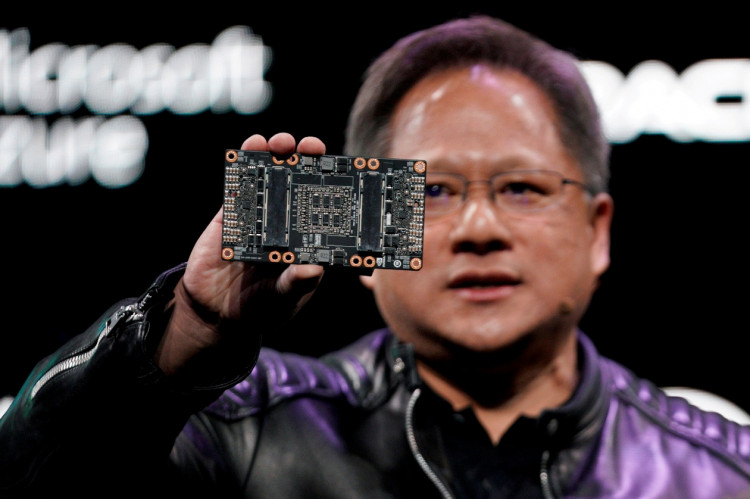Behind every success lies the right beginning.
Such is the case with NVIDIA.
On August 8, local time, NVIDIA founder and CEO Jensen Huang, speaking at the SIGGRAPH computer graphics conference in Los Angeles, shared that the company made a pivotal business decision in 2018. A move not many realized would redefine its trajectory and help reshape a rapidly evolving industry.
That industry is artificial intelligence, a future powered by NVIDIA's hardware.
Huang mentioned that the watershed moment five years ago was the decision to adopt AI-driven image processing in the form of ray tracing and intelligent upscaling, specifically, the RTX and DLSS technologies. The company recognized that rasterization (a traditional 3D scene rendering method) had reached its limit.
2018 was the moment of "staking the company's future." They had to redevelop hardware, software, and algorithms. As NVIDIA reshaped computer graphics (CG) with AI, they were also reinventing the GPU for AI.
Although ray tracing and DLSS remain largely applied in GPUs and game development, the underlying architecture is well-suited for machine learning.
Worth noting, traditional data centers can't provide the immense amount of data required for training large generative AI models. However, systems like NVIDIA's H100, designed from the ground up for large-scale operations, can. In some respects, the evolution of AI is only limited by such computational resources.
Riding the wave of large model development, NVIDIA has ignited a rush for AI chips. But, Huang stresses, this is just the beginning. New models not only need training but also need to be run in real-time by millions or even billions of users.
In the future, large language models (LLMs) will be at the forefront of almost everything: "Human" is the new programming language.
Huang also emphasized that everything, from visual effects to the rapid digitization of the manufacturing market, factory design, and heavy industry, will to some extent adopt natural language prompts.
Entire factories will be software-defined robots, and the cars they produce will be robots in their own right. Essentially, robots designed by robots producing robots.





